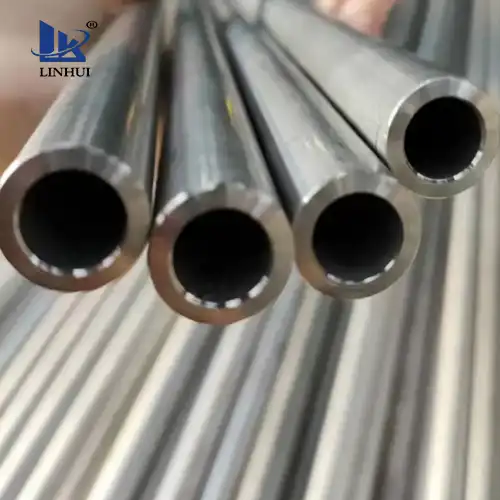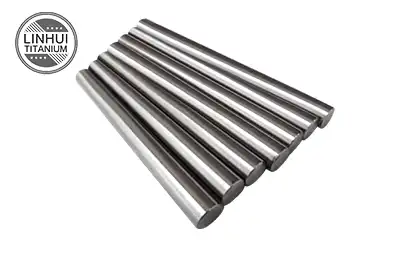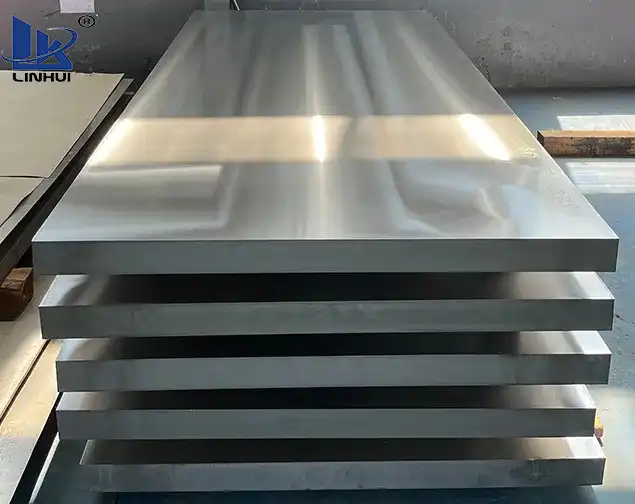Titanium alloys are used in aerospace and other fields such as titanium plates in marine power plants due to their excellent properties such as low density, high specific strength and creep resistance. Titanium alloys are characterised by low ductility, high deformation resistance and pronounced anisotropy, so titanium alloys are very sensitive to thermal deformation process parameters
The application of simulation technology in the field of titanium alloy hot working titanium alloy usually needs to be hot worked in the β single-phase region or αβ two-phase region to obtain products with certain organisation and properties. The selection of thermal processing parameters has an important influence on the processing performance and microstructure of titanium alloys. In recent years, domestic research in the field of titanium alloy thermal processing is increasing, in which thermal simulation technology and numerical simulation technology in the titanium alloy thermal deformation mechanism and organisational evolution of the law of the application is particularly prominent.
Typical applications of thermal simulation technology Numerous scholars have conducted thermal compression deformation experiments on different types of titanium alloys using thermal/force simulation testing machines, and obtained the flow stress curve of the material, i.e., the stress-strain relationship. The flow stress curve reflects the intrinsic relationship between the flow stress and the deformation process parameters, and at the same time, it is also a macroscopic representation of the internal organisational changes of the material. Xu Wenchen et al. conducted a constant strain rate compressive deformation test on a thermal simulator to study the dynamic thermal deformation behaviour of TA15 titanium alloy, calculated the deformation activation energy Q of the material and observed the thermal deformation organisation. Dynamic recrystallisation in the α-phase region is the main softening mechanism of the material, while in the β-phase region the softening mechanism is dominated by dynamic restitution.

Typical applications of numerical simulation technology Because numerical simulation technology makes the titanium alloy thermal processing process can be realistically reproduced on the computer, so the enterprise producers and scientific research workers use this technology to study the relationship between the ideal process parameters and the corresponding organisation and mechanical properties, to achieve the purpose of optimising the current production process and reducing the cost of development of new products, new processes and new materials. Shao Hui [11] and others studied the α-phase evolution of the sheet organisation TC21 titanium alloy during forging in the two-phase zone. DEFORM software was used to simulate and analyse the change law of temperature field and strain field in the forging process and quantitatively analyse the morphology of α-phase, the smaller the Feret Ratio is, the morphology tends to be spherical. The results show that the strain field and the temperature field affect the evolution of the lamellar phase, in the lower strain conditions, the forging edge due to the faster temperature reduction, recrystallisation is sufficient, the forging centre position temperature is higher.
Microstructure evolution simulation study of titanium alloy microstructure diversity and titanium alloy multi-process production process as well as the diversity of the process of each process has a regular connection. This complex connection determines that the traditional methods are difficult to predict and control the organisation and properties of titanium alloys. With the development of computer and numerical simulation technology in recent years, the microstructure numerical simulation method has become a powerful tool for obtaining the quantitative relationship between the effects of the main process parameters on the macro- and microstructure of hot-formed workpieces. The use of numerical simulation technology to reproduce the evolution of microstructure can not only deepen the understanding of the mechanism of tissue change and promote the development of existing theories, but also improve the material tissue structure and optimize the material preparation process, so as to obtain the expected mechanical properties of the material.
Compared with the traditional process trial and error method, adopting simulation technology as a means of research and development can shorten the development cycle, reduce production costs, optimise the production process, so as to achieve the purpose of improving production efficiency and growing economic benefits. The application of titanium plate in the ocean power plant is expensive and has a long production cycle, and the research of its production process urgently needs simulation technology to open up a shortcut and overcome the problems of narrow temperature range of thermal processing and complex and diverse process-organisation-property relationships.
Domestic and foreign thermal simulation technology and numerical simulation technology has been used to carry out a lot of research work on the mechanism of thermal deformation and microstructure evolution of titanium alloys, and obtained the results of the relationship between the force and energy parameters and process parameters, microstructure, etc., which can be used to optimize the production process and improve the quality of the product's role and effect. However, due to inaccurate material property data, boundary conditions and friction parameters are difficult to close to the actual, macro-variable research did not involve the microstructure changes and other factors, so the simulation results compared with the actual production of a certain error.
Summary: The above is the application of titanium plate in the marine power plant, the future of titanium alloy thermal deformation mechanism and microstructure evolution of the law of the organic combination of physical simulation technology and numerical simulation technology, the establishment of more in line with the actual production process of the macroscopic finite element model, and coupled with microstructure evolution model, and strive to simulate the results not only for the production of the field to provide a theoretical basis, but also able to quantitatively guide the field process, and ultimately achieve real-time tracking of deformation. The simulation results not only provide a theoretical basis for on-site production, but also can quantitatively guide the on-site process, and ultimately achieve the purpose of real-time tracking of deformation process and product quality control.

















